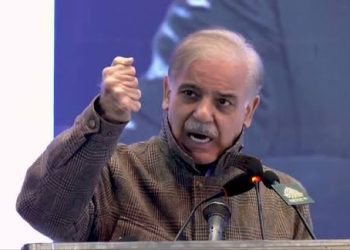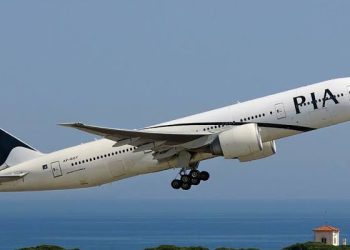Pakistan’s growth is projected to remain steady at 2.5% in fiscal year 2025 and improve to 3% in fiscal year 2026, supported by the implementation of a reform program that should strengthen private investment, said the Asian Development Bank (ADB).
The bank in its latest report titled ‘Asian Development Outlook (ADO) April 2025’ stated that Pakistan’s economy is showing signs of stability and recovery with growth in FY2025, as the effects of tight macroeconomic policies and progress in economic reforms took hold.
“Pakistan’s real gross domestic product (GDP) is expected to grow by 2.5% in FY2025, the same growth rate from FY2024,” it said.
Moreover, Pakistan’s growth is projected to tick up to 3.0% in FY2026.
ADB projects GDP growth at 3pc, inflation at 10pc
“The growth outlook is being helped by a more stable macroeconomic position helped by the IMF Extended Fund Facility arrangement that began in October 2024. Adherence to the economic adjustment program is critical for building resilience and enabling sustainable and inclusive growth.”
“Pakistan’s economy has benefitted from improved macroeconomic stability through robust reform implementation in areas such as tax policy and energy sector viability,” said ADB Country Director for Pakistan Emma Fan.
“Growth is projected to persist in 2025 and to increase in 2026. Sustained implementation of policy reforms is vital to buttress this growth trajectory and fortify fiscal and external buffers.”
ADB said that the FY2025 growth is expected to be driven by a rebound in private-sector investment linked to progress on reform measures, perceptions of greater economic stability, and a stable foreign exchange market.
It said that the successful implementation of the reform program is anticipated to continue creating a more stable macroeconomic environment and gradually remove structural barriers to growth.
It noted that economic activity in both the industrial and service sectors will benefit from recent monetary easing and macroeconomic stability in the country.
“Additionally, strong remittance inflows, lower inflation, and monetary easing are likely to support aggregate demand.
ADB said that average inflation in Pakistan is projected to decline significantly to 6% in FY2025 and further to 5.8% in FY2026.
“That’s being driven by continued moderation in food inflation, stable global oil and commodity prices, moderate domestic demand conditions, and a favourable base effect,” it said.









